#renée jeanne falconetti
Explore tagged Tumblr posts
Text





THE PASSION OF JOAN OF ARC (1928) La Passion de Jeanne d'Arc Directed by Carl Theodor Dreyer Cinematography by Rudolph Maté
#carl theodor dreyer#joan of arc#the passion of joan of arc#la passion de jeanne d'arc#filmedit#renée jeanne falconetti#maria falconetti#black and white#silentfilmedit#classicfilmsource#dailyworldcinema#filmgifs#userdeforest#userelissa#userfilm#the passion of joan of arc (1928)#gifs#lime.gif#cw: insects
263 notes
·
View notes
Text




#the passion of joan of arc#1982#Renée Jeanne Falconetti#wrestling#aesthetics#cw blood#chigusa nagayo
55 notes
·
View notes
Text

#the passion of joan of arc#renée jeanne falconetti#joan of arc#carl theodor dreyer#jeanne d'arc#la passion de jeanne d'arc
12 notes
·
View notes
Text

study of renée jeanne falconetti as joan of arc (referenced from The Passion of Joan of Arc, 1928)

#studies#painting#joan of arc#the passion of joan of arc#Renée Jeanne Falconetti#Carl Theodor Dreyer#film#2024#digital art
6 notes
·
View notes
Photo





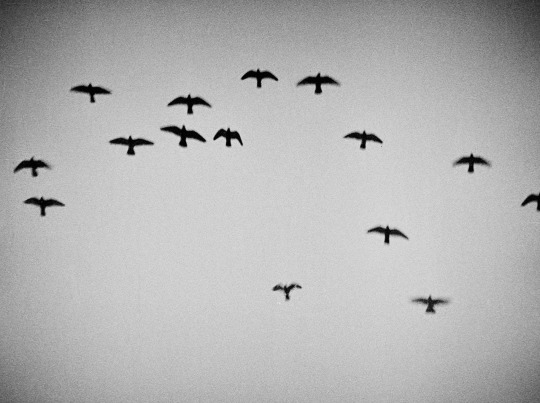
La passion de Jeanne d'Arc , Carl Theodor Dreyer , 1928
#la passion de jeanne d'arc#carl theodor dreyer#the passion of joan of arc#renée maria falconetti#silent film#film#edit#20s#1928
390 notes
·
View notes
Text


#chappell roan#renee falconetti#the passion of joan of arc#the passion of joan of arc 1928#carl theodor dreyer#la passion de jeanne d'arc#renée falconetti#good luck babe#mtv vmas#my edits#joan of arc
2 notes
·
View notes
Text


renée jeanne falconetti's grave at the montmartre cemetery
24 notes
·
View notes
Text

Renée Jeanne Falconetti's in the Passion of Joan of Arc
19 notes
·
View notes
Text


welcome back renée jeanne falconetti 🙌🏻🙏🏻
#kyle gallner#welcome back joan!!! he sees visions#as soon as he posted that video i was like not the passion?? not the communicating w the divine?? close your fucking eyes girl#my posts
12 notes
·
View notes
Text




My four favorite film performances, I think
Renée Jeanne Falconetti in The Passion of Joan of Arc
Ann Savage in Detour
Isabelle Adjani in Possession
Anna Faris in Smiley Face
#cinema#women#actresses#actress#film performances#acting#film noir#silent film#horror#comedy#queer cinema
1 note
·
View note
Text

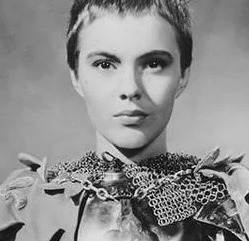
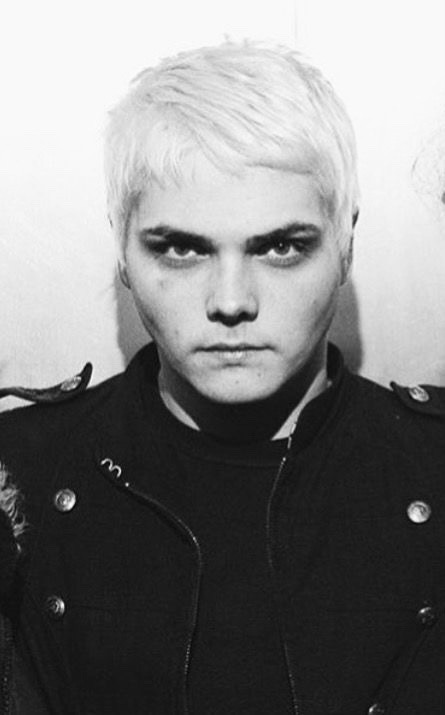
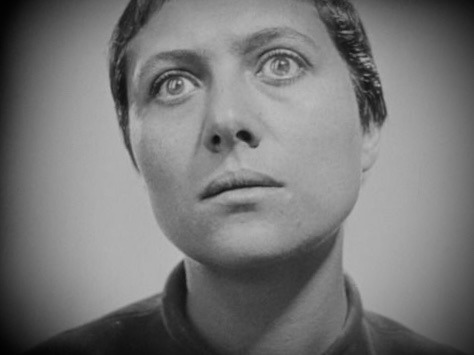

he is both the viewer and the face on the screen. the patient and the saint.
Jean Seberg in Saint Joan (1957), Renée Jeanne Falconetti in The Passion of Joan of Arc (1928)
#its like he showed everyone those photos and said okay this is what were doing#are you fucking kidding me#everyone look at this right now#im so far gone rn#oh my god#i will never stop talking about this#mcr#my chemical romance#gerard way#the black parade#joan of arc#g#the passion of joan of arc#saint joan#jean seberg#renée jeanne falconetti
3K notes
·
View notes
Text
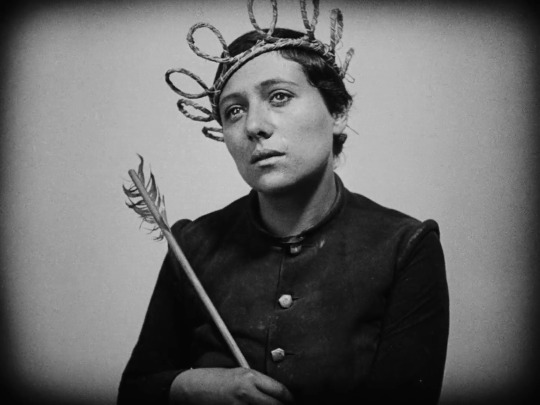
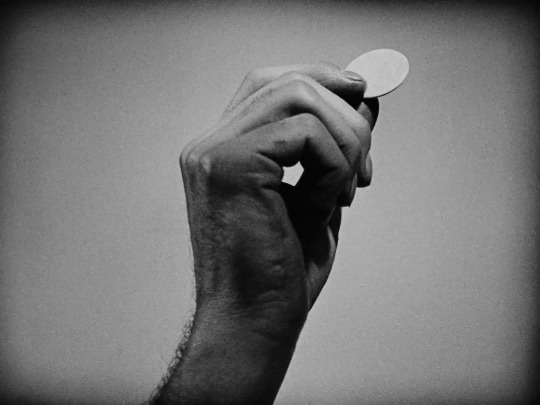

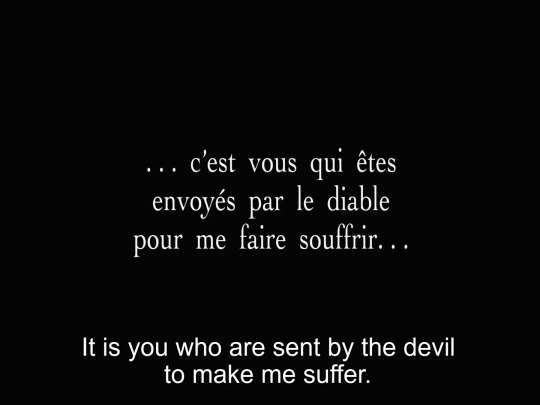
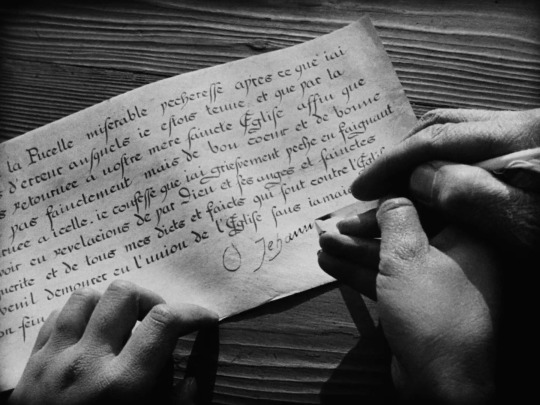


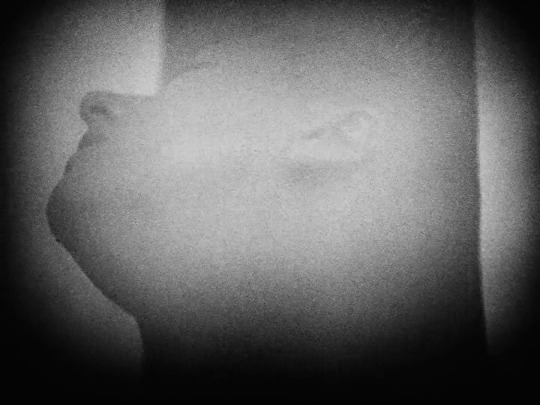

La Passion de Jeanne d'Arc (1928), dir. Carl Theodor Dreyer
#la passion de jeanne d'arc#the passion of joan of arc#joan of arc#carl theodor dreyer#renée jeanne falconetti#film#film stills#movies#movie stills#cinema#cinephile#dailyworldcinema#my posts
392 notes
·
View notes
Text
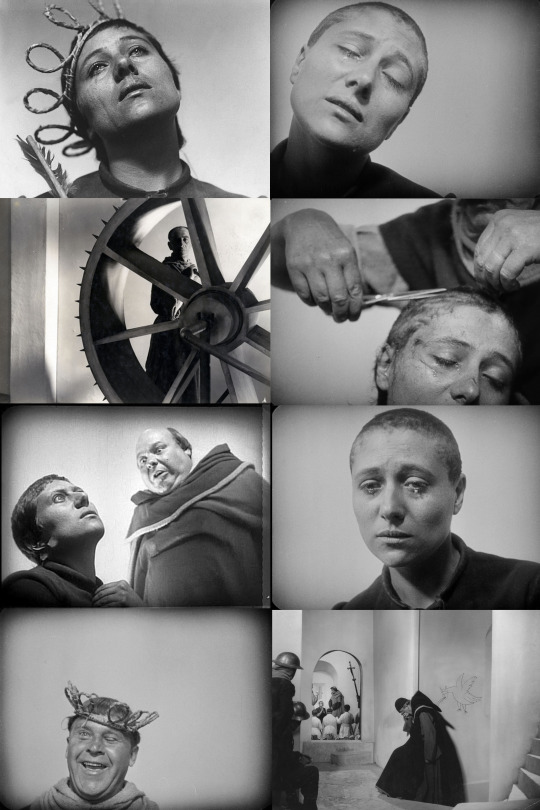
La Passion de Jeanne d'Arc (1928) - dir. Carl Theodor Dreyer
#carl theodor dreyer#the passion of joan of arc#cinema#art house film#art house cinema#arthouse cinema#Renée Jeanne Falconetti#movie scenes#film stills#movie stills
123 notes
·
View notes
Text

The Passion of Joan of Arc (1928) | dir. Carl Theodor Dreyer
#the passion of joan of arc#la passion de jeanne d'arc#carl theodor dreyer#renée jeanne falconetti#cinematography#films#movies#screencaps
237 notes
·
View notes
Photo

Unknown Artist (Bender?) German movie poster for the reproduction of “The Passion of Joan of Arc“ (1928) by Carl Theodor Dreyer with Renée Jeanne Falconetti as Joan of Arc
1953
#saint#joan of arc#jeanne d'arc#martyr#carl theodor dreyer#renée jeanne falconetti#film poster#johanna von orléans
274 notes
·
View notes
Photo

The Passion of Joan of Arc , Carl Theodor Dreyer ,1928.
#the passion of joan of arc#carl theodor dreyer#la passion de jeanne d'arc#renée maria falconetti#film#my gifs#20s#1928
227 notes
·
View notes